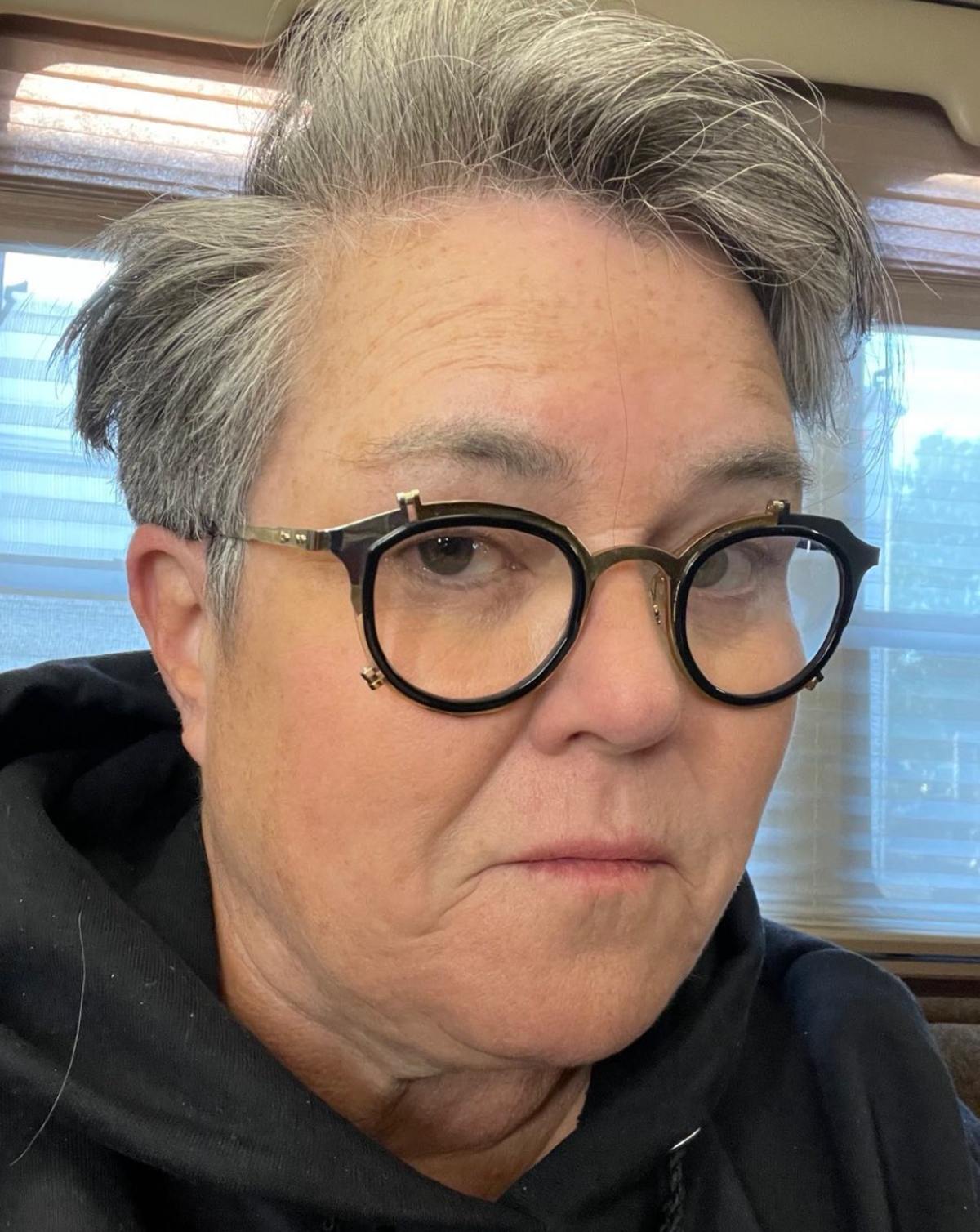
Rosie O’Donnell, 61, said she’s “really lucky” to be alive after dismissing symptoms of a massive heart attack years ago.
During an interview for Raven Symoné’s podcast, O’Donnell said she experienced heart trouble in 2012 at age 50. The first symptom she noticed was pain in her arm, which started after she helped a stranger get into their car, per HuffPost. Then, O’Donnell said, the colour left her face. “I was in my little art studio, and my son, who was only young at the time, said to me, ‘Mommy, you look like a ghost.’”
O’Donnell said she looked up heart attack symptoms and was indeed experiencing “a few of them”, but she nevertheless put off getting help.
“The truth of the matter is I had this heart attack on a Monday at 10 a.m., she said. “I get home, I can hardly walk upstairs. I take two baby aspirin, I go to sleep, I wake up and my family goes, ‘You have to go to the doctor.’ I waited until the next day. So I had it Monday and on Wednesday I saw a doctor.”
O’Donnell said she was shocked to find out what was going on with her body. “I was like, ‘Wait, wait, what?’ I couldn’t believe it,” she said.
The American Heart Association (AHA) says that women can experience the following symptoms when having a heart attack: pain or discomfort in the arms, back, neck, stomach, or jaw; uncomfortable pressure, fullness, squeezing, or pain in the centre of the chest; shortness of breath that may or may not be accompanied by discomfort; breaking out in a cold sweat; lightheadedness; and nausea.
The AHA says that what O’Donnell did isn’t uncommon. “Even though heart disease is the [number] 1 killer of women in the United States, women often chalk up the symptoms to less life-threatening conditions such as acid reflux, the flu or normal gagging,” a statement from the agency says. “Many women think the signs of a heart attack are unmistakable—but they can be subtler and sometimes confusing.”
Heart attacks occur when blood flow from the heart muscle is reduced or completely cut off, and this happens after arteries that supply blood to the heart narrow due to a buildup of cholesterol, fat, or plaque.
When she finally sought help, O’Donnell learned she had a 100 per cent blockage in her left anterior descending artery. This type of heart attack is sometimes called the “widowmaker” because it is very deadly.
O’Donnell said the experience taught her a valuable lesson: In the end her heart attack “forced” her to connect with her body “in a way [she] never had been”, she said on the podcast.
She added that she considers herself lucky to be alive, and that she’s made it her mission to keep other women informed of the symptoms of a heart attack. “I should’ve died,” she said. “I came to find out that the symptoms for a woman having a heart attack are very different than the symptoms for men having heart attacks. Yet what we see on TV are always men having heart attacks.”







